
A Wearable Kidney May Finally Free Patients From Hospital Dialysis and Restore Real Independence

The Future of Kidney Care: From Dialysis Chairs to Wearable Artificial Organs
Every week, hundreds of thousands of Americans find themselves tethered to dialysis machines for survival—three times a week, four hours at a time. These hours, stretched across months and years, mean missing out on work, family gatherings, and the simple freedom of living on one’s own terms. For many patients, dialysis feels less like a treatment and more like a second, punishing job—one they never applied for but cannot quit. Alongside the time commitment come rigid restrictions on food, fluid, and activity, paired with debilitating side effects that leave patients exhausted.
Now imagine shrinking that bulky machine down to the size of a paperback book—or smaller—and making it wearable or even implantable. Instead of interrupting life, it would work silently in the background, mimicking the constant, tireless function of a healthy kidney. That vision, once science fiction, is steadily moving toward reality. Researchers worldwide are racing to develop bioartificial kidneys that could liberate patients from dialysis chairs, bypass the shortage of donor organs, and restore what dialysis rarely delivers: independence.
The Heavy Burden of Dialysis Today
Dialysis is rightly celebrated as a life-saving invention, yet it comes with enormous costs. More than half a million Americans rely on it, most through hospital-based hemodialysis. Each session lasts around four hours, three times a week, adding up to over 600 hours a year. This grueling schedule not only drains patients physically, but it also eats away at their freedom, making everyday activities—travel, work, socializing—difficult to maintain.
Unlike healthy kidneys, which filter blood continuously 24/7, dialysis only works intermittently. That gap allows toxins, electrolytes, and fluids to build up between sessions, creating dangerous swings in blood chemistry. Patients often describe the “dialysis crash”: nausea, headaches, dizziness, or muscle cramps that leave them drained long after treatment ends. Strict fluid restrictions and carefully measured diets only add to the burden, making patients feel like prisoners of their own bodies.
The toll is not only physical. Studies reveal that dialysis patients face higher rates of depression, social withdrawal, and unemployment. Families also shoulder emotional and financial strain, juggling medical appointments, transportation, and the unpredictable crises of kidney failure. Even alternatives like peritoneal dialysis—which can be done at home—are limited; the technique typically loses effectiveness after several years, forcing many patients back into clinical care.
Ultimately, dialysis is a compromise: a way to keep people alive while they wait for a kidney transplant that may never come. For many, it feels like existing in limbo—surviving, but not truly living.
Why Innovation Cannot Wait

Kidney transplantation remains the gold standard for end-stage renal disease, but access is painfully limited. In the United States, the median wait time for a kidney transplant is 3.6 years. Only about 20,000 transplants occur annually, far fewer than the number of people in need. And even after a successful transplant, patients must take lifelong immunosuppressant drugs, which increase the risk of infections, diabetes, heart disease, and even certain cancers.
Meanwhile, the vast majority of patients remain dependent on dialysis. The urgency of new solutions is magnified by the scale of the problem: nearly 37 million Americans live with chronic kidney disease—more than one in seven adults. Globally, around 3 million people rely on dialysis, a number projected to rise sharply as diabetes and hypertension increase worldwide. Kidney disease already causes more deaths each year than breast or prostate cancer, yet it receives far less attention and funding.
This is why innovation matters. The quest for wearable or implantable kidneys is not about convenience alone. It is about transforming care from a stopgap measure into a sustainable pathway that restores dignity, independence, and health.
The Promise of Wearable and Implantable Artificial Kidneys

Imagine replacing hours in a dialysis chair with a device that functions continuously, quietly balancing blood chemistry and removing toxins. This is the dream that motivates projects like The Kidney Project, a collaboration between UC San Francisco and Vanderbilt University. Their bioartificial kidney merges two systems: a filter to clear waste and a bioreactor filled with living kidney cells that carry out complex regulatory functions. Early animal trials have been promising: the device operated inside pigs for a week, performing essential kidney-like tasks without triggering immune rejection.
Dr. Shuvo Roy, the project’s technical director, explained: “Our goal is to replicate the essential functions of a kidney safely, reliably, and comfortably. The bioartificial kidney will not only make treatment more effective, but also allow patients to live without the constant burdens of dialysis.”
Wearable devices are also making strides. In 2016, a portable “wearable artificial kidney” weighing about 5 kilograms allowed patients to walk freely during 24-hour treatment sessions, successfully removing toxins without confining them to a chair. More recently, Singapore-based AWAK Pte Ltd has tested even lighter systems for peritoneal dialysis, achieving significant toxin clearance while patients went about their daily lives. These experiments demonstrate that smaller, mobile dialysis systems could extend freedom and flexibility to millions.
For patients, the appeal is obvious: no more rigid schedules, fewer hospital visits, and the possibility of traveling, working, or simply enjoying daily life with fewer interruptions. For healthcare systems, the benefits are equally compelling. In the United States alone, dialysis costs Medicare over $50 billion annually. A shift toward wearable or implantable devices could dramatically reduce costs while improving outcomes.
How the Technology Works

Building an artificial kidney requires solving two intertwined challenges: mechanical filtration and biological regulation.
-
Filtration: Devices must remove toxins like urea and excess water efficiently, just as natural kidneys do. Urea removal is particularly challenging since it is produced in large amounts daily. Scientists are experimenting with advanced sorbents, enzyme-based systems, and electrochemical methods to break down or capture urea safely.
-
Bioreactor Function: Kidneys don’t just filter—they regulate blood pressure, electrolyte balance, and hormone production. To replicate these tasks, researchers incorporate living kidney cells into a protected bioreactor. These cells are shielded from immune attack using ultra-thin silicon membranes that allow nutrients and oxygen to pass while blocking immune cells. This innovation could eliminate the need for lifelong immunosuppressants, a major advantage over transplants.
The convergence of these two systems—filtration plus biological regulation—makes artificial kidneys one of the most ambitious biomedical engineering challenges of our time.
What’s Next for Patients
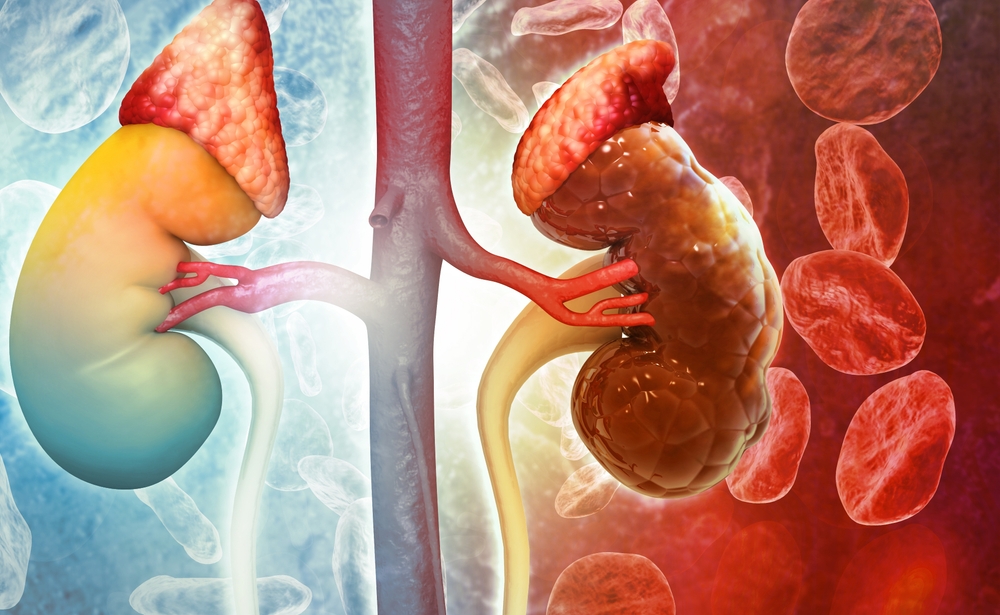
The artificial kidney is moving from theoretical concept to practical reality. Early trials in animals and small-scale human studies show promise, but the road ahead requires extensive testing to prove safety and reliability over months and years. Regulatory approval from the U.S. Food and Drug Administration (FDA) will be another critical step before devices can reach patients.
Encouragingly, momentum is building. The Kidney Project recently won a $650,000 KidneyX prize, part of a government initiative to fast-track breakthroughs in kidney care. Pilot trials of wearable dialysis devices have already given patients a glimpse of greater freedom. Each milestone signals not just scientific progress, but a cultural shift: recognition that dialysis is no longer enough, and that patients deserve better.
For individuals and families, the potential impact is enormous. Reduced cardiovascular strain, fewer hospitalizations, and improved quality of life could become the norm. Patients could plan vacations, maintain careers, and engage in community life without dialysis schedules dictating every move.
Restoring Freedom, One Kidney at a Time
For decades, dialysis has been the only lifeline for millions—a way to prolong life, but rarely to restore its full richness. The promise of wearable and implantable artificial kidneys changes that. It offers a future where kidney failure is managed with dignity, where patients are no longer defined by machines and schedules, but by the lives they choose to lead.
The science is still evolving, and obstacles remain. Yet the breakthroughs achieved so far suggest a profound shift in how we approach kidney disease: not as a permanent sentence to dependency, but as a challenge that technology and medicine together can overcome. Achieving this vision will require ongoing investment, policy support, and global commitment to kidney health.
For the millions living with kidney disease today—and the millions more at risk tomorrow—these innovations represent more than medical devices. They represent hope, freedom, and the chance to reclaim ordinary life from the grip of illness.
News in the same category


Experts reveal whether you should really accept or reject cookies

10 Warning Signs Your Body Is Full Of Parasites And 7 Foods That Can Help Kill Them

European Apple users left 'speechless' at price increases for iPhone 17

Tesla engineer quits company after 8 years with scathing message for Elon Musk on way out

Elon Musk's bizarre four-word post leaves people deeply unsettled

Legal expert on bone-chilling moment he realized ChatGPT could replace him

Tragedy as teen drowns rescuing four children – his family reveals his legacy

How surgeon who amputated his own legs was caught as he's sentenced to 32 months in prison

PlayStation handing out rare refunds to gamers over popular new game

Elon Musk sparks debate with terrifying prediction about robots people claim will turn into 'nightmare'

Stephen Hawking Predicts the End of the World Is Nearer Than We Think

Why expert believes Princess Diana could have survived her 'incredibly rare' fatal injury

Man who's been walking non-stop for 27 years was banned from entering Russia

Husband of woman caught on kiss cam with CEO speaks out for first time since viral incident

Samsung blasts Apple's new iPhone with brutal posts just minutes after launch
Samsung wasted no time trolling Apple, firing off cheeky social media posts just minutes after the iPhone 17 reveal. The playful jabs have reignited the fierce rivalry between the two tech giants and sparked heated debates among fans worldwide.

Police release shocking new photos of ‘grim’ second campsite where father hid children after vanishing four years ago
Police in New Zealand have released haunting new photos of a hidden campsite where fugitive father Tom Phillips kept his three children while on the run for more than four years. The shocking discovery came just a day after Phillips was k:illed in a viole

Hacker with over 30 years experience shares the scariest things he’s seen on the dark web
Despite the bleak outlook, the hacker emphasized one hopeful trend: more former black hats like himself are turning to legitimate cybersecurity roles,
News Post

MAHA Chief Medical Advisor Dr. Aseem Malhotra Just Declared That No One Should Have Ever Taken the COVID mRNA Vaccines.

New mRNA Shot Turns Immune Cells Into Cancer-Killers Directly Inside the Body, Study Finds
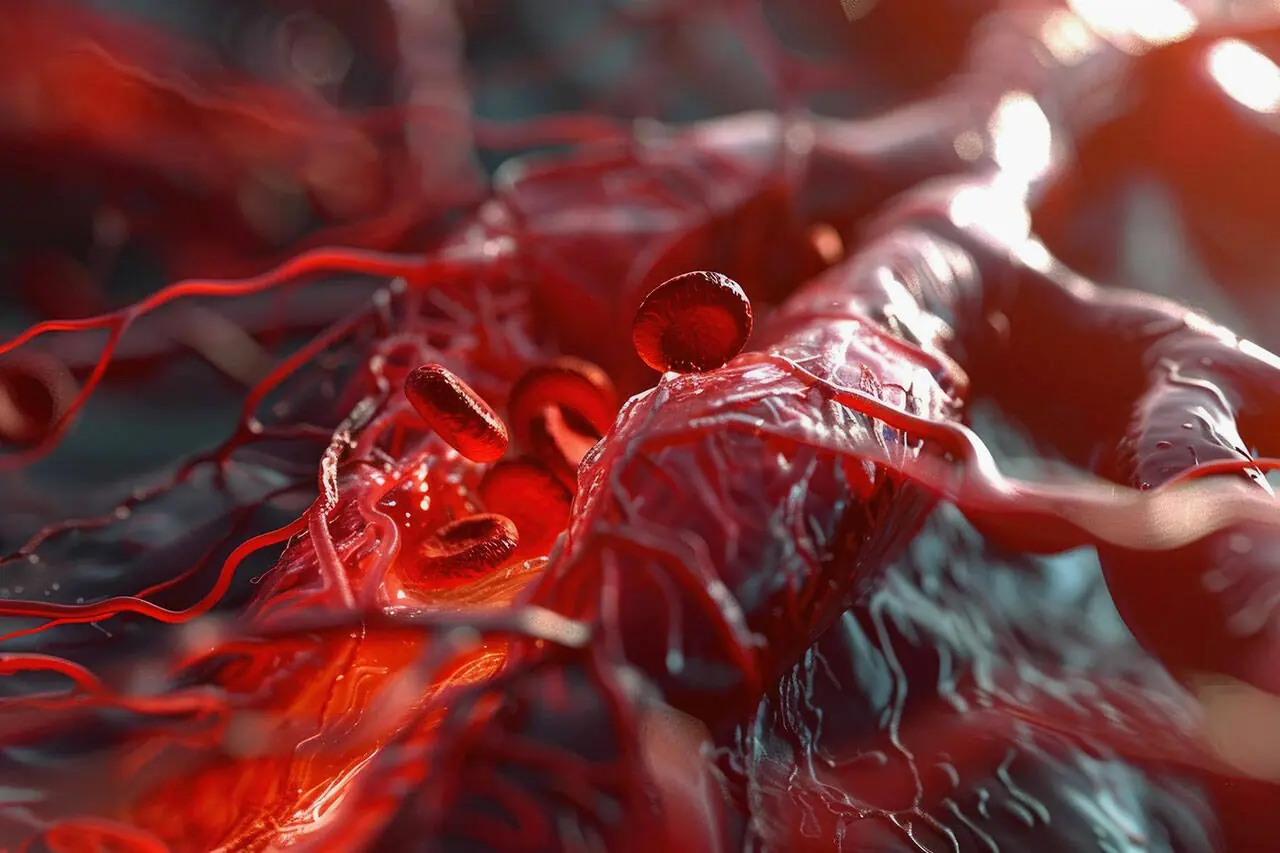
One Vitamin That Could Transform Your Circulation

Why Cold Showers on Hot Summer Nights May Keep You Awake

Lesser-Known Menopause Symptoms

Signs Your Cortisol Is Dangerously High
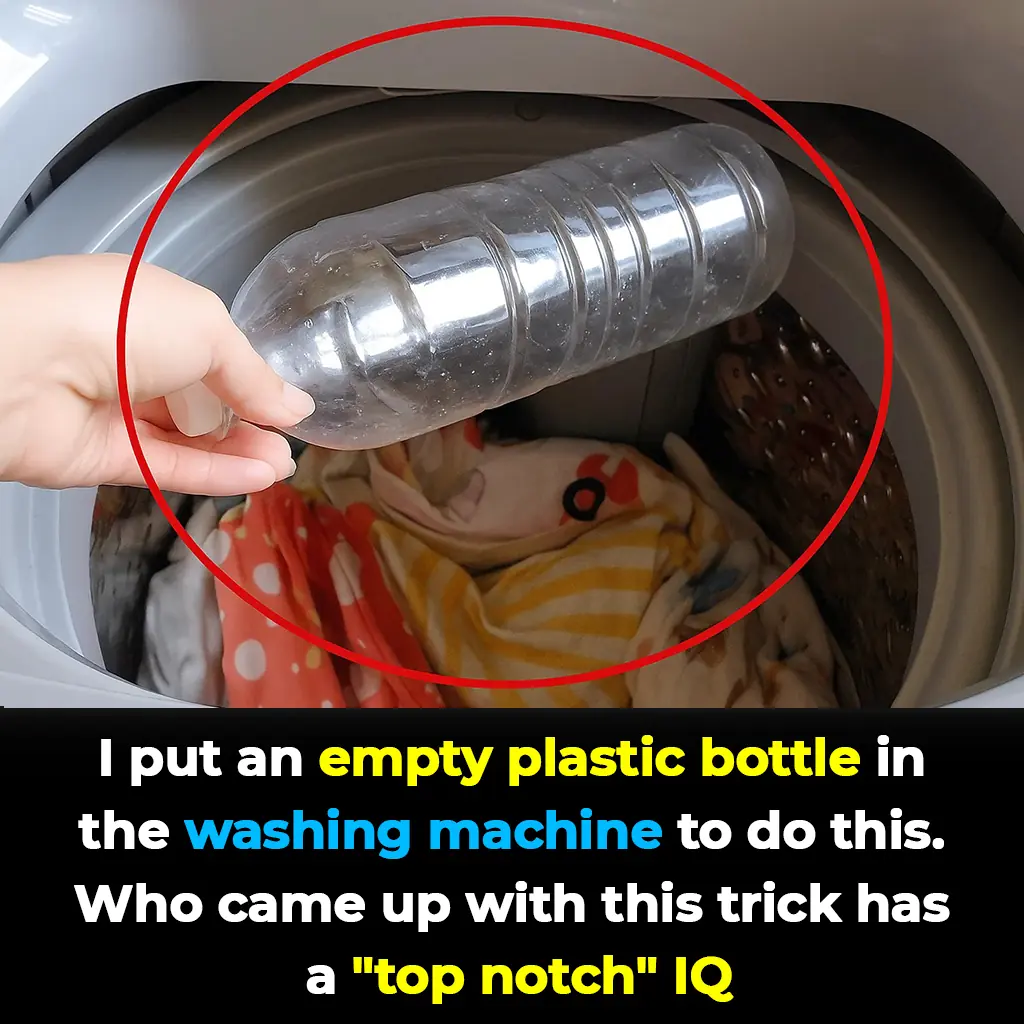
Genius Laundry Hack: Why Putting an Empty Plastic Bottle in Your Washing Machine Can Save Time and Hassle
It may sound strange, but dropping a simple empty plastic bottle into your washing machine could completely change the way you do laundry. This clever trick not only prevents clothes from tangling but also improves the overall cleaning process, making you

How long should frozen meat be thrown away? Here's the answer.

Put a Roll of Toilet Paper in the Fridge Overnight: The Unexpected Hack That Saves Families a Fortune
A simple household item can become a powerful money-saving tool if you know how to use it wisely. Believe it or not, placing a single roll of toilet paper inside your refrigerator overnight can help reduce odors, prevent frost buildup, and even cut down y

This is the reason why you should plant aloe vera in your home right away.
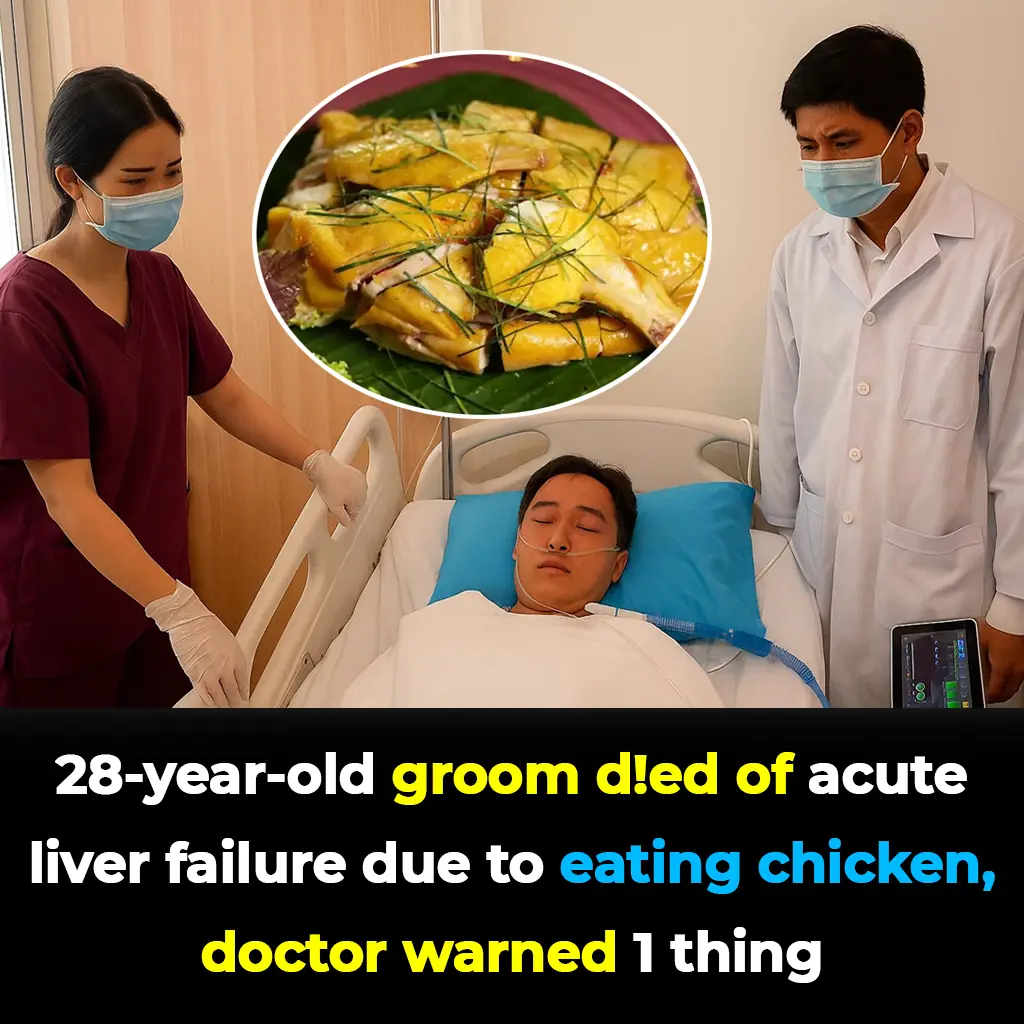
Groom-To-Be, 28, Dies of Acute Liver Failure After Eating Chicken: Doctors Urge the Public to Beware of This Hidden Danger
The tragic story of a young man in China who was preparing for his wedding but suddenly died from acute liver failure after food poisoning has shocked the nation. Experts warn that improper food handling and consumption of spoiled or contaminated food can
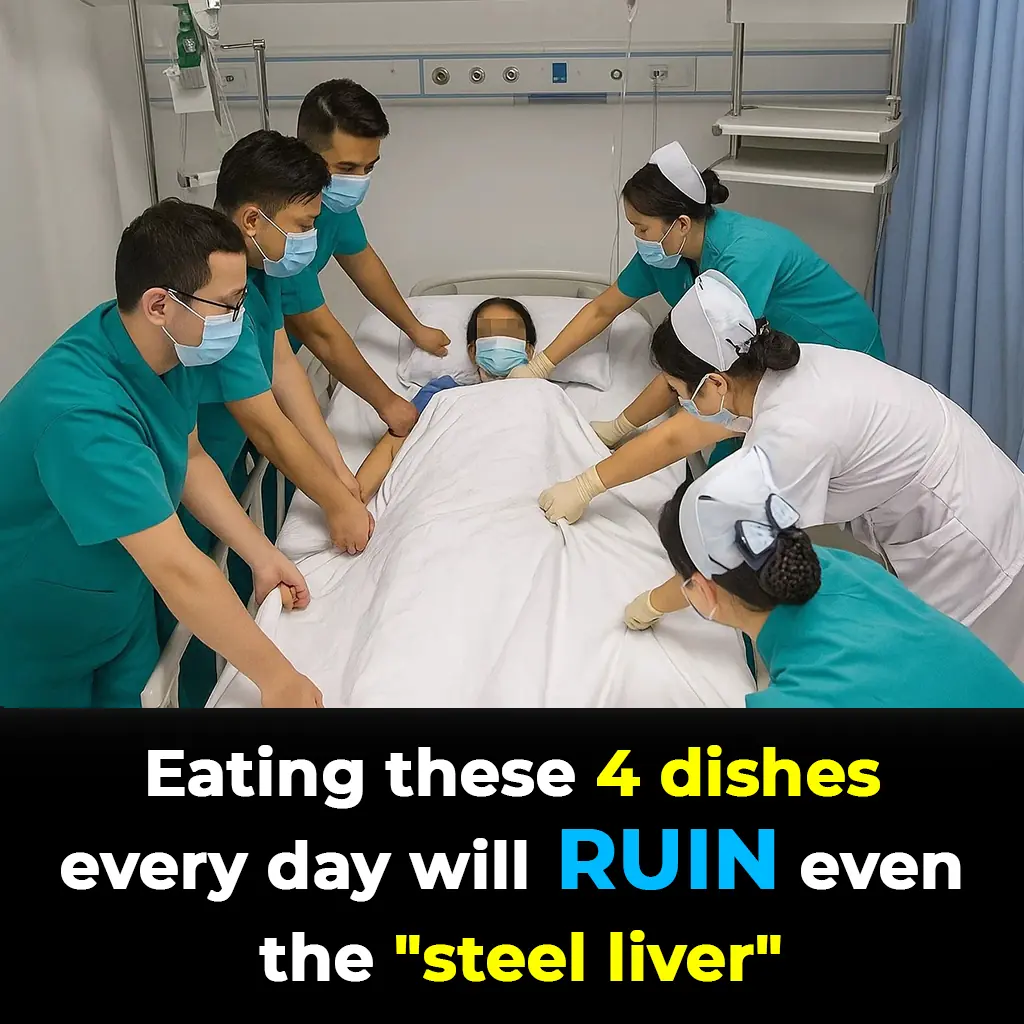
He Never Drank Alcohol but Died of Liver Failure: Doctors Reveal 4 Common Foods That Quietly Destroy the Liver
A man who stayed away from alcohol his entire life shocked his family when he was diagnosed with liver failure and passed away at just 55 years old. Doctors warn that alcohol is not the only enemy of the liver—certain everyday foods can be just as destr

Vitamin D Overdose: When Good Intentions Turn Toxic
Vitamin D is often celebrated as the “sunshine vitamin,” vital for bone strength, immune health, and even protection against certain chronic diseases. But while moderate amounts are essential, excessive or unsupervised intake can be toxic—and in som
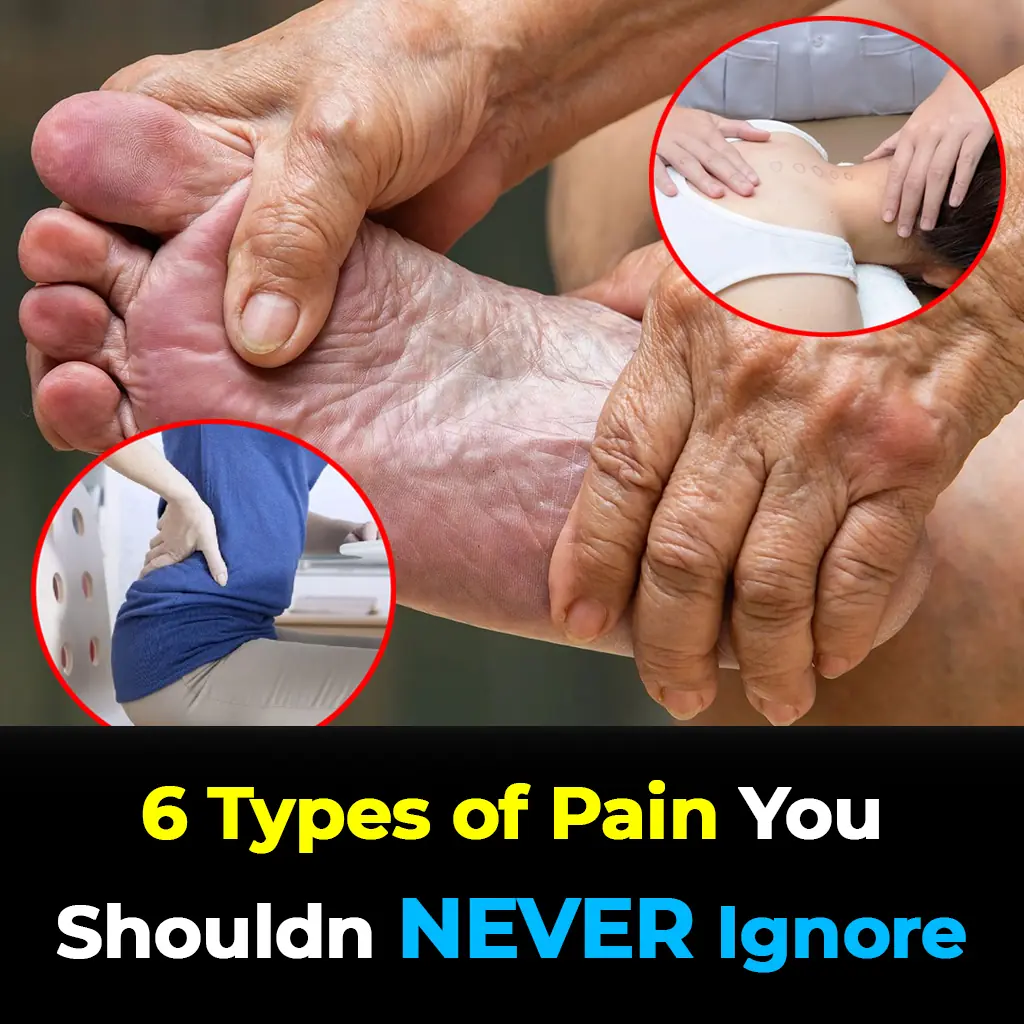
6 Types of Pain You Shouldn’t Ignore
Occasional mild discomfort may not require urgent care, but sudden, unexplained, or severe pain always deserves medical attention.
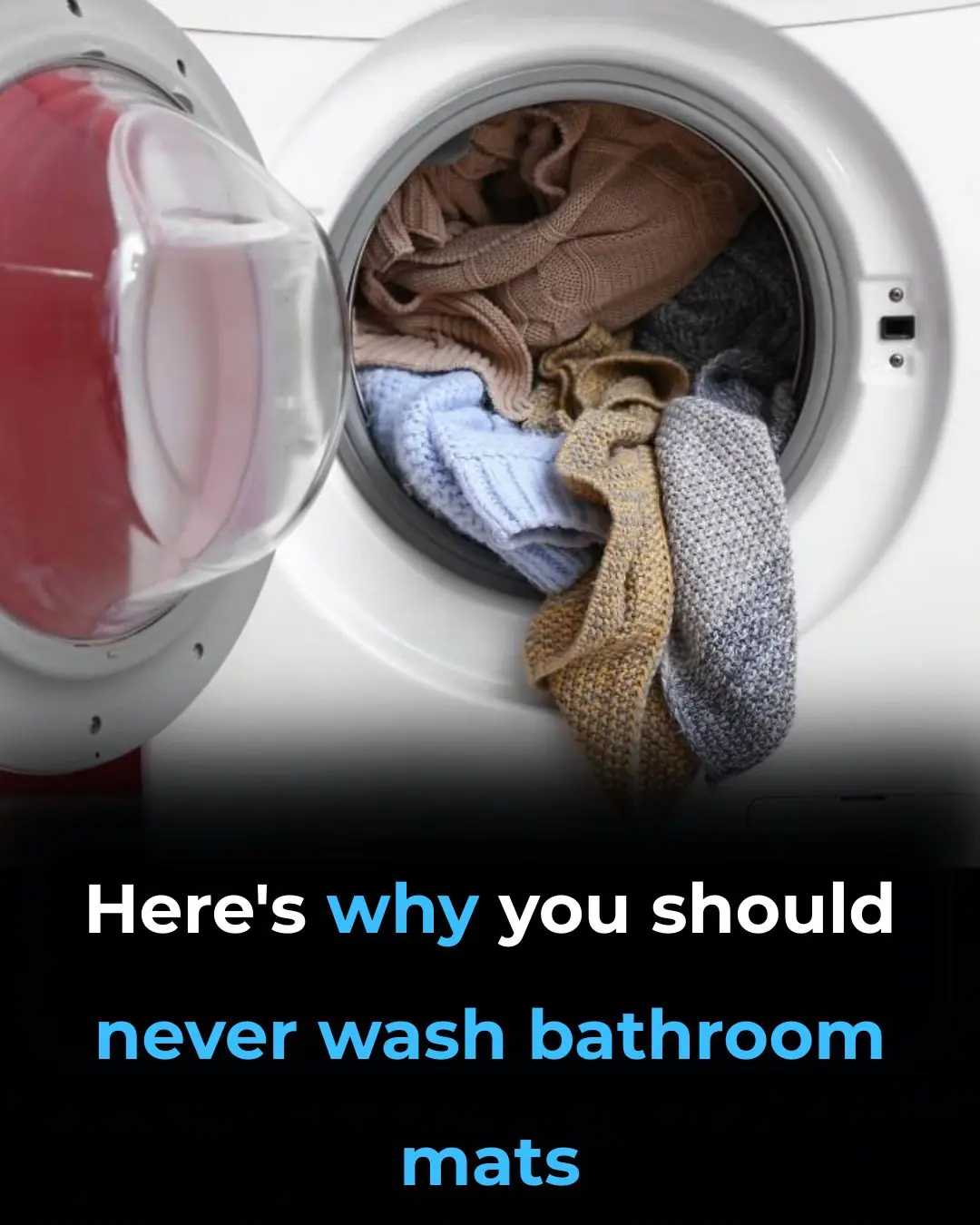
Why You Shouldn’t Be Washing Bath Mats in the Washer

Snakes in Your House

Sessile Joyweed (Alternanthera sessilis): 6 Incredible Health Benefits and How to Use It Naturally

Top 5 Amazing Tips for getting rid of Blackheads and Whiteheads
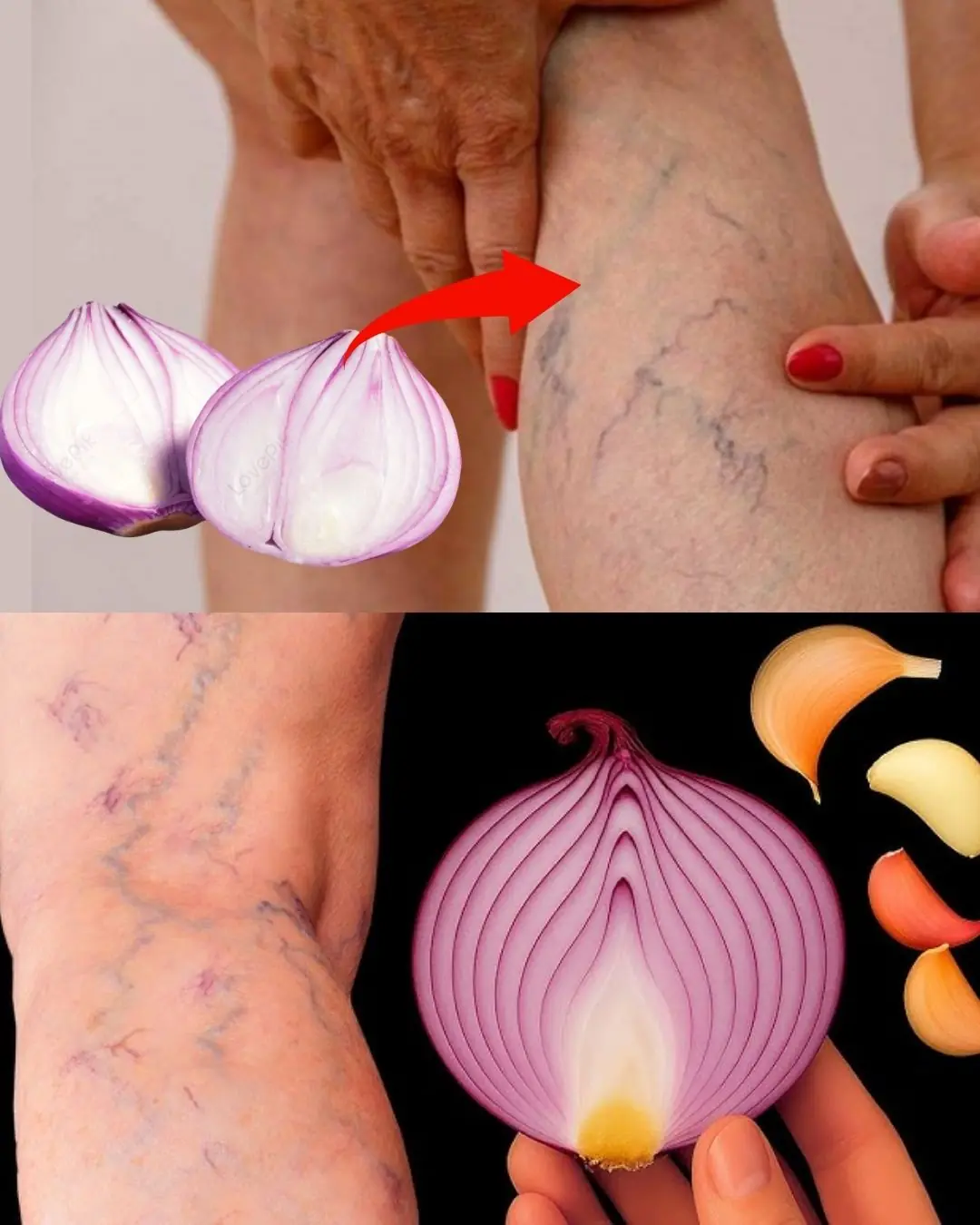
✨ Unbelievable! This Is a Vein Killer! Erase Varicose Veins Like an Eraser! 🔝 2 Natural Recipes 🤩
